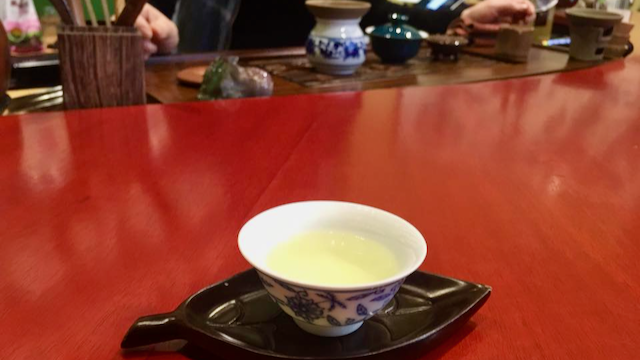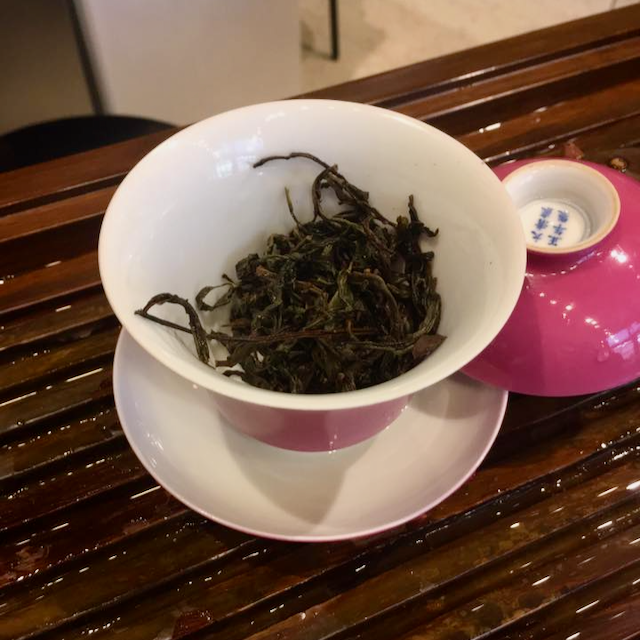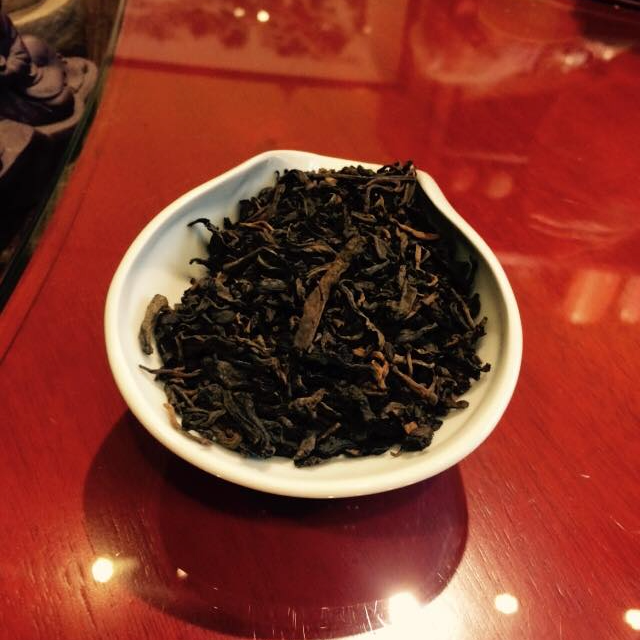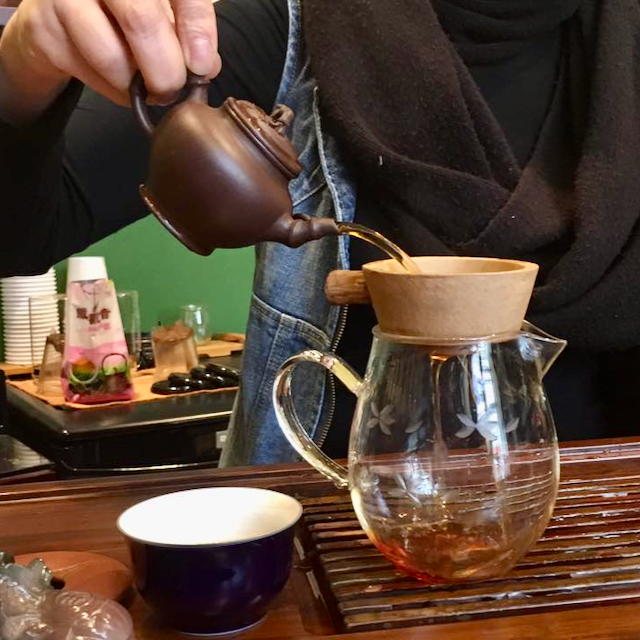
As the University of Alberta Library highlights China and Chinese culture in this month’s blog, I feel very fortunate to write a two-part special on Chinese tea. Not only do I get to venture into my favourite section of Rutherford’s stacks (fourth floor, call range GV 2907), but I get to transfer a piece of my personal history into written word. Part One will introduce Chinese tea, as well as some of my go-to reads from our Library collection. Part Two will showcase different kinds of Chinese tea and the teaware used to get the most out of the delicate brews.
Disclaimer: Please bear in mind that I do not consider myself an expert in Chinese tea. I am an aficionado who was inspired to connect with my paternal culture on a family trip to Hong Kong and mainland China in 2010. Tea Masters take years to build up their knowledge base and palate, much as a sommelier grows their knowledge of wine. There are subtleties and histories beyond the limitations of this blog and I hope that this series will inspire you to learn more.

Tea is said to originate in the Yunnan province of China, discovered around 2737 BC by Shen Nung who was known as a sage of agriculture and herbal medicine (Reid, Tong). Also known as Yan Di, Shen Nung researched plants for their medicinal and restorative qualities; he eventually placed tea leaves in hot water, drank the resulting liquid, and reported feeling a sense of physical purification afterwards (Wang).
📸: Loose white tea leaves from Fukien Tea Company in Hong Kong, 2010.
As the years and dynasties progressed, Tong noted, “…the function of tea to refresh the body and clear the mind had gradually replaced its function as medicine.” (2012). Drying and processing leaves became important for preservation, and tea leaves began to express their natural qualities through methods such as cooking, fermenting, and roasting, and [depending on the tea] became available in various physical forms such as whole leaf, whole flower, powder, bricks, or cakes (Reid, Tong, Wang).

Whether enjoyed for healthful purposes, religious ceremony, or simply for taste, brewing Chinese tea in a traditional method acts as a grounding ritual, almost meditative and calming. Every book on Chinese tea that I have referenced refers to the essay written by Lu Yü (733-804) during the Tang Dynasty (Reid, Tong, Wang); the Book of Tea, also known as the Classic of Tea.
Lu Yü’s essay is referred to as the first definitive and all-encompassing guide to Chinese tea and it’s preparation, which further cemented the importance of Chinese tea as a commodity and luxury for centuries to come (Reid).
In 2010, I travelled to Hong Kong and China with my dad (who was born in Hong Kong) and members of my Ai Bok’s* family (Dad’s oldest brother’s family). Immediately after landing in Hong Kong, one of my cousins left the group to visit a tea shop that is well-frequented by the family when they visit. He needed pu erh tea to help ease his nausea after the long plane ride. Pu erh is a fermented black tea that, when stored properly, oxidizes as it ages to become richer in flavour, fragrance and healthful properties (Reid). It is also non-caffeinated, which makes it a perfect cures-what-ails-you-at-any-time-of-day sort of brew, in my humble opinion.
We stayed in Hong Kong for a few days, travelled to mainland China, and then returned to Hong Kong. Throughout the trip, as a few of us were afflicted by a temporary ailment that bag of pu erh made its way to each of us (except my iron-stomached father). Our family lovingly referred to pu erh as tummy tea, and I’ve been hooked on it ever since.

📸: Loose pu erh leaves 
📸: Pu erh brewed in a terracotta pot, poured into a fair share vessel
If your interest is piqued in the subject of Chinese tea and you would like to learn more, simply turn to our library catalogue! These books are amongst my favourites, and they were also used in the creation of this blog series (I promise to return them as soon as I finish Part Two):
- Lü, Y. (1974). The classic of tea (F. R. Carpenter, Trans.). Ecco Press. (Original work published 804)
- Reid, D. (2011). The art & alchemy of Chinese tea. Singing Dragon.
- Tong, L. (2012). Chinese tea. Cambridge University Press.
- Wang, L. (2005). Tea and Chinese culture. Long River Press.
Thanks for reading, and I invite you to join me for the forthcoming Part II of this series. I will delve into the properties and characteristics of pu erh, jasmine and oolong teas, as well as the properties of the water used to get the best brew result and the various teawares and methods used to coax out the unique qualities of each tea.
Like our blog posts? We invite you to subscribe to our newsletter (scroll down to the bottom right side of this page). Love us on the blog? Then you’ll love us on social media! Check us out at @uofalibrary on Instagram, & Twitter!
*In Chinese culture, birth order plays a big part in how someone is addressed. My dad is the youngest son in a family of six boys, so Ai Bok, is the title of first or eldest uncle as given by the children of the younger siblings in the family. Dad is called Lok Sok, or sixth uncle, by all of his nieces and nephews because their fathers are all older than him.
